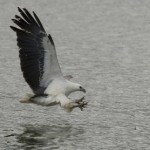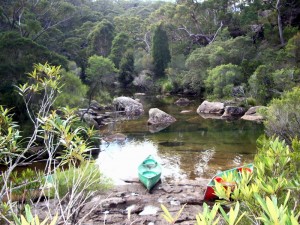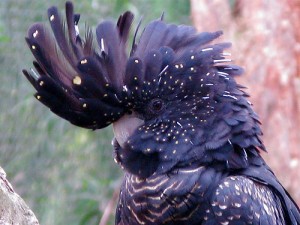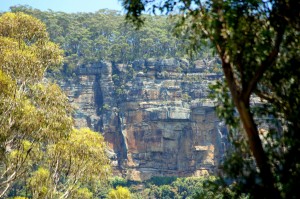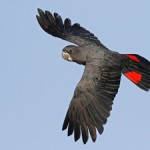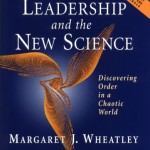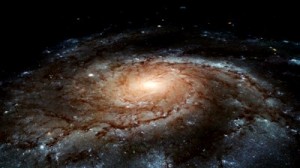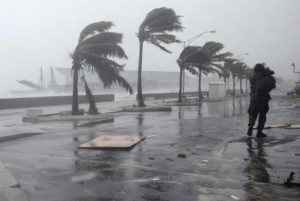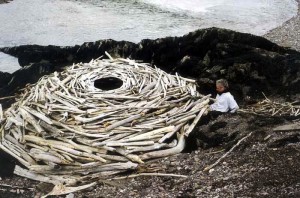 A few days into the new year my family hiked to the summit of Mt Kosciuszko.
A few days into the new year my family hiked to the summit of Mt Kosciuszko.
The 13km round trip sets out from the Eagles Nest above Thredbo, accessed by a thrilling chair lift ride. In Summer the high granite country is dotted with wild flowers, small streams, and patches of residual snow in shadowed pockets. Very beautiful surrounds.
Weather conditions turned misty and cold at the outset, which tested our commitment. Light plastic ponchos were soon tattered yet we kept walking. When we finally reached the summit, a quick family photo was all we could endure, before being driven off by wind blown rain and chill.
Our children (12 and 10) managed surprisingly well over the four hour walk. In fact the adverse conditions turned the hike into an epic expedition, a tale already retold a good number of times. I suspect this adventure will prove a memorable childhood experience!
Which makes me reflect on the nature of adversity.
If the walk to the summit and return had been easy, would the experience embed as a lasting memory and would it feel like such an accomplishment?
Adversity tests us. Trials require us to discover and draw upon resources we perhaps ignore in the every day. And significant adversity strips away comfortable illusions, bringing reality into sharp focus.
As a leader, how you respond in the face of adversity, will reveal all about your true character. The superficial will not withstand the blast, only words and deeds of substance and quality will suffice. Even as fear and doubt wells upward, we cling to an inner truth or a higher vision. Fortitude is the strength to persevere in the face of adversity.
Neither incessant troubles nor endless sunny days make for a rounded life. Peaks, troughs and plateaus all play their role. Well worth remembering, especially when unexpected turbulence appears from a clear sky.
After the difficult hike we took a table at the snug Eagles Nest Cafe and ordered the children hot chocolate drinks. As we looked out over the misty valley and enjoyed the warmth, with the adventure behind us, I felt a tinge of loss. The harsh conditions had drawn us closer together in our care and mindfulness of each other.
And already this sense had begun to fade …

